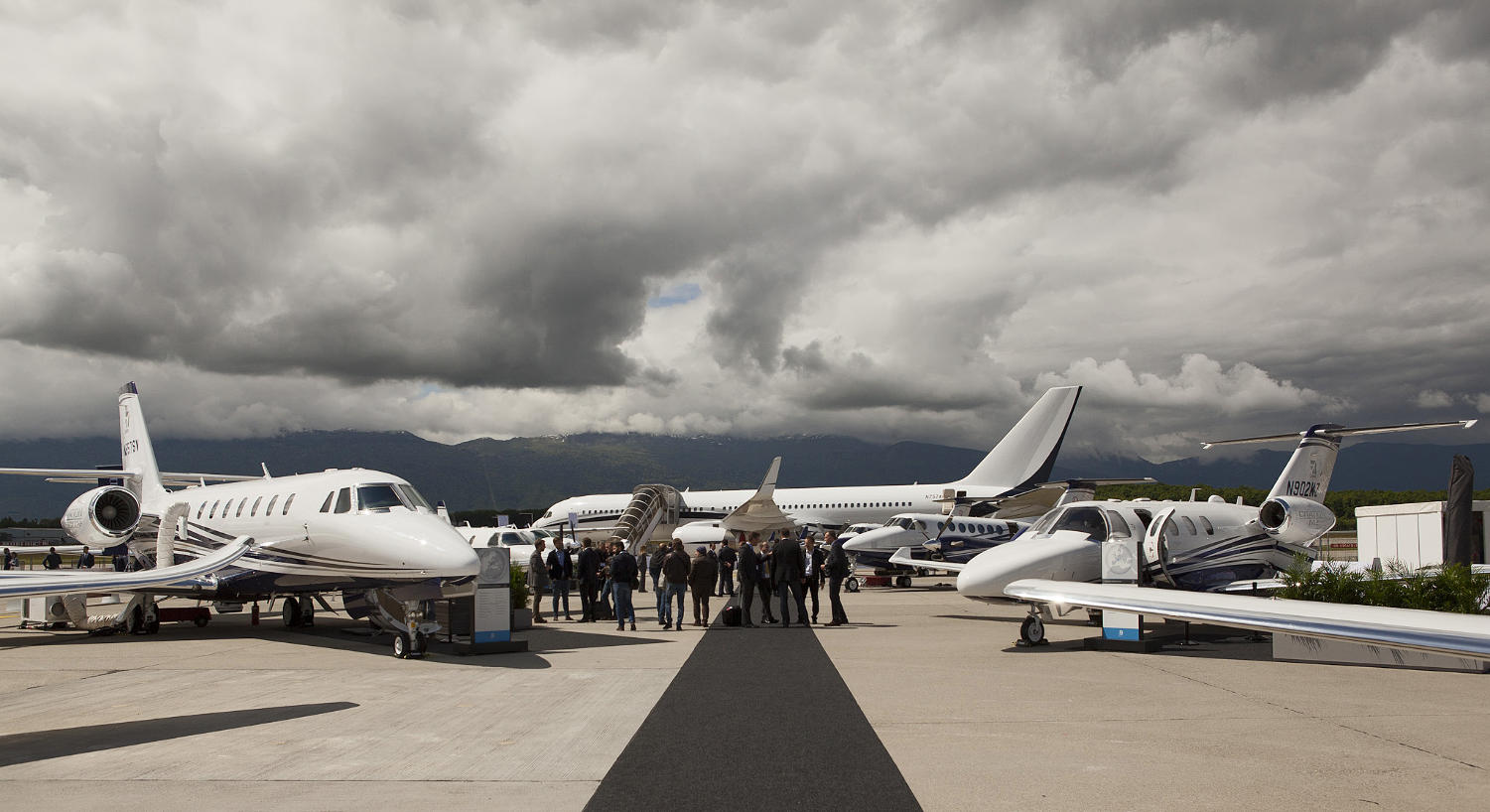The business aviation industry continues to face a slow near-term pace of orders due to a slow-growth economic environment across many global markets along with many political uncertainties, according to Honeywell’s 25th annual Global Business Aviation Outlook. The Global Business Aviation Outlook forecasts up to 8,600 new business jet deliveries worth $255bn from 2016 to 2026. Though the figures seem impressive, they represent a 6 to 7% reduction from the values noted in the 2015 forecast.
The company says it sees “relatively slow economic growth projections in many mature business jet markets” but “improved interest in new aircraft acquisition in the medium term, particularly in the 2018–19 period.”
Key global findings in the 2016 Honeywell outlook include:
- Deliveries of approximately 650 to 675 new jets in 2016, a low- to mid-single-digit percentage decline year over year. 2017 deliveries are projected to be slightly lower, reflecting transitions to new models slated for late 2017 and 2018 service entry.
- Operators plan to make new jet purchases equivalent to about 27% of their fleets over the next five years as replacements or additions to their current fleet, an encouraging increase but one that is less than firm in timing.
- Of the total purchase plans for new business jets, 21% are intended to occur by the end of 2017, while 18% are scheduled for 2018 and 2019.
- Operators continue to focus on larger-cabin aircraft classes, ranging from super mid-size through ultralong-range and business liner, which are expected to account for more than 85% of all expenditures on new business jets in the next five years.
Looking at the different regions, continued improvements in Chinese and Russian purchase plans compared with last year, coupled with slight gains in the larger Brazilian survey outlook, are expected to drive improved BRIC results.
In Asia-Pacific, despite ongoing regional tensions and government austerity initiatives, operator enthusiasm seems to be improving. operators in Asia Pacific report new jet acquisition plans for 28% of their fleet over the next five years.
In the Middle East and Africa, 21% of respondents said they will replace or add to their fleet with a new jet purchase, up from 16% last year but still below the overall world average. Considerable strength was present in the oil-producing nations and South Africa.
New jet purchase plan levels rose 5 points in North America, the industry's largest market, and helped drive the world average up to 27%. Current plan levels are now in alignment with the averages of the 2008−2012 period. Though buying plan rates are just under the overall world average, the fleet and operator base have expanded, supporting solid demand levels.
Europe's share of estimated global five-year demand remained at 14% in the 2016 survey. This outcome is due in large part to the fact that the European fleet has not expanded in recent years. Many aircraft have migrated to other regions, resulting in an active fleet that is slightly lower despite an infusion of new jet deliveries.
Turning to used jets and flight activity, over the course of the past year, the pace of flight activity has not recovered. On a positive note, operators responding to the 2016 survey report they plan to increase aircraft usage in the next 12 months to a modest extent. Roughly 10% of today's fleet is up for resale, down from a high of nearly 16% in 2009 but up from the low point achieved last year. Current levels are still within a reasonable aggregate level in light of the past decade's history, but inventory levels are trending up. Meanwhile, asking prices continue to drift lower.

